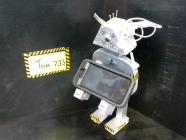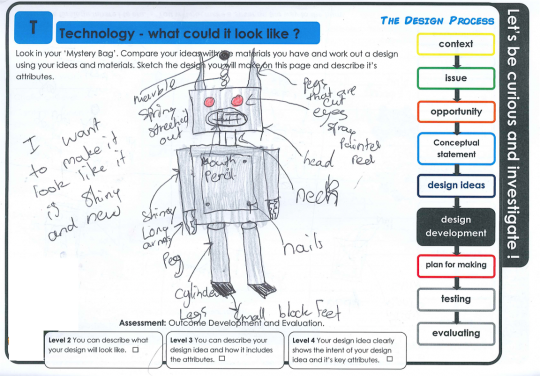Building students' confidence to make and be creative
Creativity and problem solving are at the heart of the technology learning area. When students can manipulate a range of materials and select the right equipment, it builds agency and the power to create.
The technology teachers at St Peter's Gore identified that their year 7 students needed plenty of opportunities to develop their making skills and to stimulate their creativity.
We wanted a project that introduced our year 7 students to the workshop and gave them an opportunity to learn about the range of tools and timber and how to work timber. But we also wanted a project that would encourage curiosity, creativity, problem solving, and adaptability – because we want to develop students that are flexible in their thinking and able to adapt their ideas and plans.
Aidan Forbes

Building skills
Students were encouraged to be curious about the workshop and play with different varieties of wood, and to manipulate the wood using the tools, equipment, and machines available.
In addition, they were shown multiple ways that special features could be created to make their robots look more metallic. For example, a hot glue gun can be used like a welder to form a “bead” so that when it is painted silver it looks like a weld. Clothes pegs could be deconstructed to make great antennae.

The project: Three levels of challenge
The students were challenged to come up with their own design ideas for a figure that looked like a robot made predominantly from wood. After viewing a video clip of existing ideas, three levels of challenge were given to students for their project (See St Peter's College: Strategies for improvement in years 7–13 for details of this approach.)
The three levels of challenge students could select from were:
- produce a robotic looking character
- produce a robot character that could store something small like phone earbuds
- produce a robot character that could hold a cell phone while charging or hold an item of similar size for storage.
A mystery bag
The students were expecting to make their robots from wood. The teachers added another challenge by giving each student their own mystery bag that contained a variety of materials – not necessarily the wood that the students had planned to use.
The mystery bag contained scrap wood from the classroom bins, lengths of PVC pipe, and items from a bulk warehouse – including bobbins, embossed letters, different types of pin board tacks, scrapbooking gems, googly eyes, and pegs (good for robot pincers!).
To add more items to the kits, obsolete overhead projectors were disassembled and parts from these included, such as fans, heatsinks, and other components that looked like robot mechanisms.
Students then had to adapt their original ideas to work with their parts kit. No two parts kits were the same.

Finishing techniques
Two different teachers were running these programmes. They offered students different finishing/dressing techniques. One class focused on natural wood finishes, the other was shown how to use chrome spray paint and how to achieve a patina effect and a rust effect.
Student outcomes
Students were very creative and came up with some amazing robot effects, just using the everyday items provided in their kits. They became experts at making the day to day items look like parts of a robot.
The materials were not too expensive so the students and the teachers were less anxious about students being experimental – mistakes were not costly. The teachers stood back and let students use a trial and error approach to different types of materials in their bags to obtain a robot effect.
Teachers noted that running the project in this way gave students opportunities for learning about the properties of a broad range of materials, how they could be manipulated, and how to join materials.

Future ideas
SteamPunk is a popular theme in the lower South Island, with Oamaru developing the SteamPunk headquarters of the South Island. The interest in SteamPunk has also spread to other regions and it is one of the very popular students sections in the Hokonui fashion awards held annually in Gore. SteamPunk could be a new theme for the robots next year!


